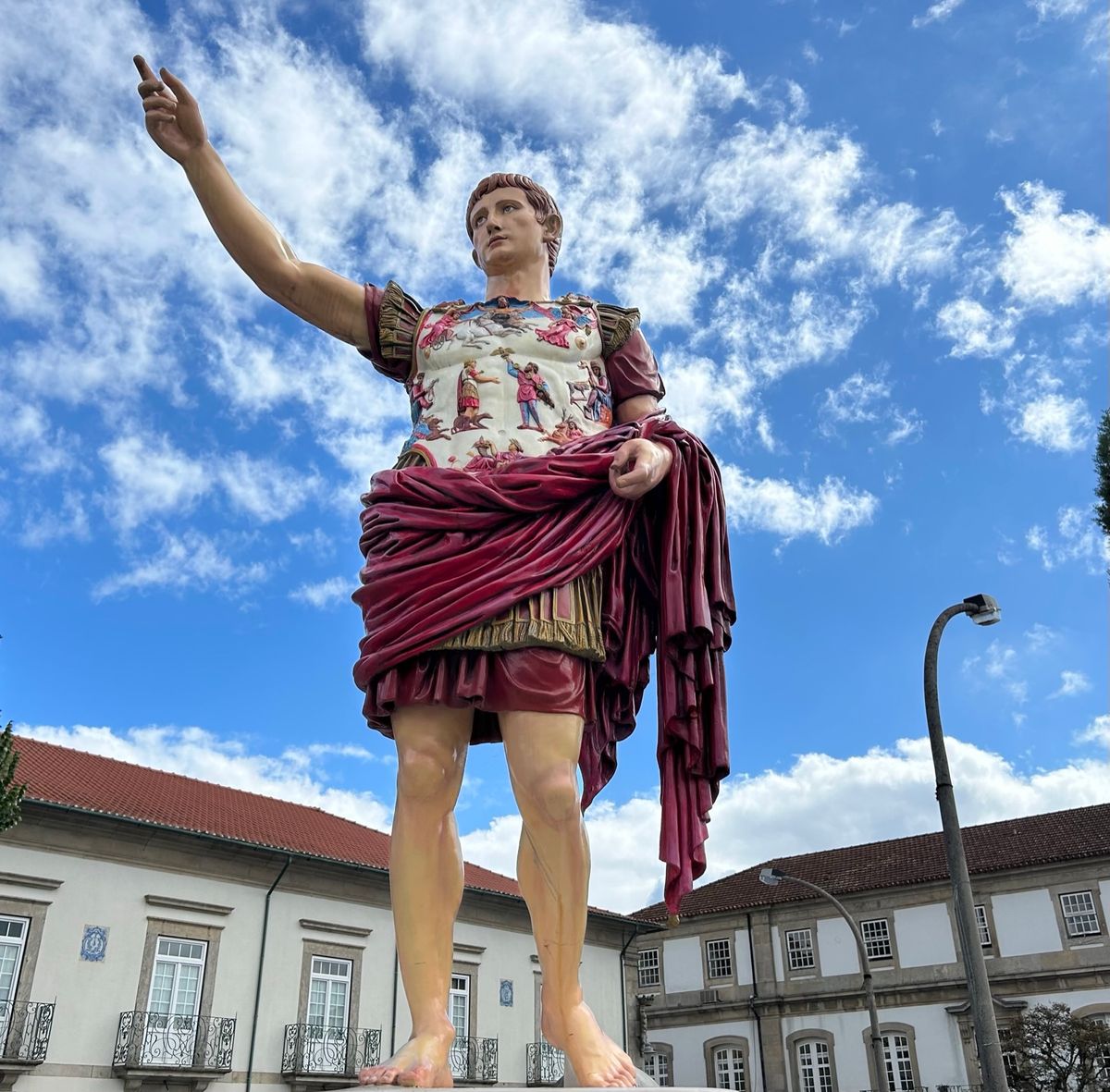About
The common misconception about the ancient Greco-Roman world that persists today is that the marble statues of its gods and emperors were always intended to be that way, white and pristine. But ask any modern historian and they will tell you that these statues were originally polychrome, painted in all the vivid colors you can think of.
Take the famous statue of Augustus Caesar, for example. Originally discovered in 1863 and now housed in the Vatican Museums, the so-called Augustus of Porta Prima depicts the first Roman emperor in military garb, his cuirass decorated with numerous bas-reliefs of mythological figures. Replicas of it can be found all over the world, from Brown University to the Pushkin Museum, typically in bronze or white marble. At some museums such as the Ashmolean, however, visitors can see how it really looked in antiquity.
With light brown hair, peach skin, white breastplate, and crimson drapery, the polychrome statue may border on the kitsch, but this was how the Romans liked their statuary. Once upon a time, effigies like this adorned grand colosseums and amphitheaters, something seldom reenacted by historical movie set designs.
Such a replica of Augustus of Porta Prima stands in the Portuguese city of Braga, which has its roots in the Roman civitas of Bracara Augusta, founded by Emperor Augustus after his army conquered the local Celtic settlements. It's quite possibly the only polychrome statue of its kind on public display, and whether other ancient Roman cities follow suit or not remains to be seen.
Related Tags
Community Contributors
Added By
Published
August 19, 2022


































